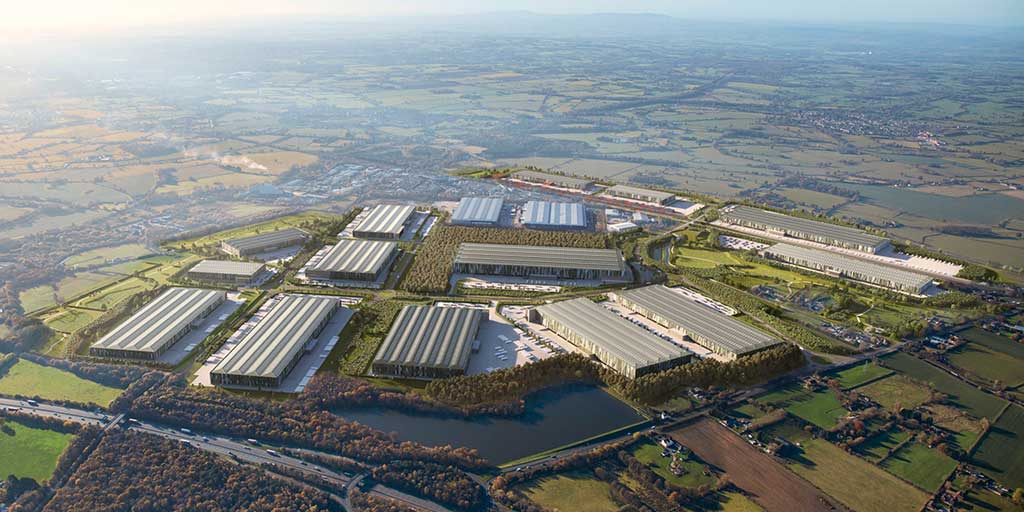The impact of developing infrastructure on sustainability goals
One of the challenges in reaching sustainability goals alongside cost is the infrastructure needed to support measures. It is not enough to develop innovative ways to harness green energy, the UK needs to change supply lines and develop battery storage to ensure that energy can be distributed and stored. Whilst it seems technology has worked out how to generate renewable energy either through measures such as ground source heat pumps, solar panels or biomass boilers, the infrastructures haven’t quite caught up. Innovation through a vast range of renewable sources has been incredible, but balancing this against improving storage systems is necessary to achieve net zero goals targets.
Storing harnessed energy
You’d be forgiven for thinking that the barrier to the UK utilising solar power and energy sources would be our seemingly perpetual grey skies. The answer is far simpler and down to both the cost and sustainability of battery storage. Solar energy for example can be capitalised upon to deliver clean sustainable energy, but it hinges on being able to soak up and store those rays on sunny days and putting that energy away for when it is needed in the darker winter season. It’s clear that if the infrastructure does not catch up, our net zero 2050 goal is under threat.
Problematic battery storage
Whilst we have developed battery technology, current energy storage systems have limited lifespans. Depending on the technology, a battery can last from 5 to 15 years which for businesses means they will have the expense of replacing them plus the time implication which also comes at a cost. There are also issues around the recyclability of batteries that need to be addressed to ensure they provide a sustainable solution.
In 2021, the UK government pledged £211 million towards new funding for battery research and innovation. Following this, its battery strategy was announced in November 2023 but there was criticism in that it focussed almost entirely on domestic manufacturing of batteries for electric cars. It was felt that The Department for Business and Trade had overlooked the rapid growth of the stationary energy storage sector.
The potential of renewable energy for commercial sites
When we consider that large-scale, industrial, and commercial developments have the potential to generate not just their power but have surplus energy that could be exported back to the grid, it’s easy to see why many feel the government battery strategy should turn its attention to the stationary energy storage sector. Industrial buildings, such as warehousing and logistics for example with large roof spaces can host photovoltaic panels for this purpose. Many new developments are utilising PV panels and running their sites on renewable energy. The problem is that once this power is generated and used, current battery storage systems don’t enable businesses to store up energy or profit by selling this to the grid.
A carbon-neutral power system feels like it is within touching distance for the UK to hit ambitious sustainability, and energy goals by 2050. It’s evident however for us to achieve that, we must step up efforts to find solutions for energy storage.




